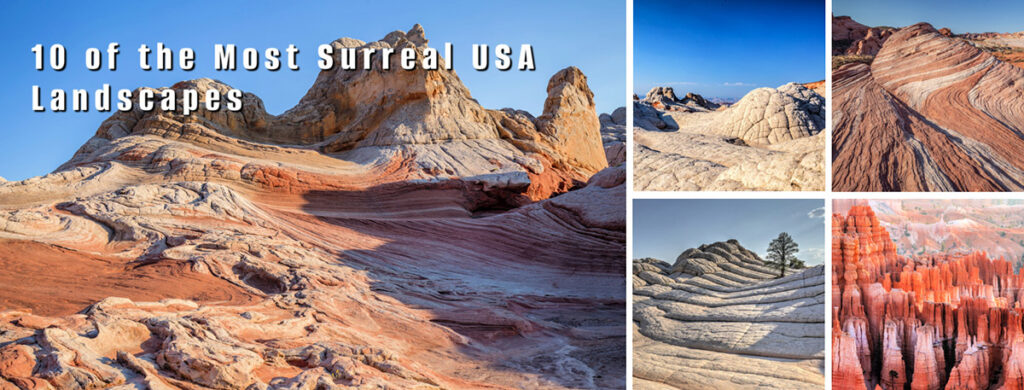
The earth is full of bizarre and surreal landscapes with land formations that have been molded over thousands of years, yet you don’t have to go very far to experience a lot of these in America. These amazing places are thrilling to visit as well as to photograph. In this article we’ll look at 10 of the most surreal and unusual landscapes in the United States that I have visited in the past and that may serve as spectacular subjects for travelling photographers.
Sedona, Arizona
Sedona is one of Arizona’s most beautiful destinations and one of my favourites. The iconic vortex rock formations are believed to be the source of special energy forces. People travel here from around the world to experience the mysterious cosmic forces that are said to emanate from these red rocks. Make sure you get up to the Airport Mesa to explore one of the vortexes and if you get there by sunset, the view from the top is incredible. Sedona is also a designated Dark Sky Community. So, if you are into night time photography, you’ll be blown away. There is so much to see and do in Sedona and the whole place has a special hippy type vibe to it. Great photo opportunities abound everywhere.
Yellowstone National Park
Yellowstone National Park is a photographer’s paradise in many ways. This is a place that I’ve always wanted to visit for its sheer beauty. From the geysers, steam vents, hot springs, and unique animals, to the Grand Canyon of Yellowstone Park, this place has it all. I must admit I was a little nervous just as we were about to board the plane a few years ago. The realization that this park sits on top of a super volcano, made me have second thoughts, but we pressed on for an adventure of a lifetime. We stayed at the Old Faithful Inn in the centre of the park, which I highly recommend because it’s central to many of the attractions.
Valley of Fire State Park – Nevada
Valley of Fire State Park is a little-known gem of amazing sandstone only 50 miles from Las Vegas. We started our Canyon lands tour here. Early in the morning we left Vegas to catch the sunrise over the valley. The Fire Wave is quickly becoming an icon of the American West.
Antelope Canyon – Page, Arizona
Antelope Canyon is a scenic slot canyon on Navajo land just east of Page, Arizona. Rainwater during monsoon season runs into the extensive basin above the slot canyon sections, picking up speed and sand as it rushes into the narrow passageways. Over time the passageways eroded away, making the corridors deeper and smoothing hard edges in such a way as to form characteristic “flowing” shapes in the rock. Truly a photographer’s dreamland. TIP – take the photographers tour, otherwise you will have masses of people crowded into the slots and it will be impossible to get these kinds of photos. The photo tour guide makes sure there are no people in the canyon when you photograph. Also, a tripod is needed because of the low lighting condition.
White Pocket, Arizona
Located deep in the Sand Hills in the Vermillion Cliffs National Monument, White Pocket is a remote area and requires a good 4-WD vehicle to reach this destination. We were bounced up & down and all around for a 1-hour drive, but I think the gruelling trip was worth the photos. (What we won’t do for a good photo) White Pocket is like entering a fantasy landscape on an alien planet. Some think that the area was liquefied in an ancient earthquake, which distorted the sandstone layers while they were still soft, before they were buried under the oceans for 100 million years and turned to stone under the enormous heat and pressure. Some areas look like the cerebral cortex of the brain.
Bryce Canyon – Utah
Bryce Canyon, which despite its name, is not a canyon, but a collection of giant natural amphitheaters along the eastern side of the Paunsaugunt Plateau. Rising 8,073 feet above the canyon floor, it resembles a Dr. Seuss Artscape gone to stone. Formations rise from the cactus-strewn landscape like earthen citadels. Hoodoos form where soft rock, like sandstone, is covered in a thin layer of harder rock. The weathering processes then erodes these rocks into the pinnacles that we see today. Magical photographic moments.
Horseshoe Bend – Arizonia
Horseshoe Bend in Arizona has offered astonishing views for centuries. It’s where the Colorado River makes a 270-degree turn at the bottom of a 700-foot-deep canyon and it’s quickly becoming an iconic image that represents the Grand Canyon in many visitors’ minds. This is truly one of the Southwest’s “small wonders” near the beginning of Grand Canyon National Park. Hiking to the Horseshoe Bend overlook is relatively quick and easy. You can park your car close by and hike down the trail. It was a bit scary taking this photo and you need to be very careful. There is no railing and people have fallen over the edge. I literally had my tripod 2 inches from the edge, using a wide-angle lens in order to capture this image with people pressing in all around me. Thankfully, a rim railing has now been installed.
Zion National Park – Utah
Zion National Park is a southwest Utah nature preserve distinguished by Zion Canyon’s steep red cliffs. Rising in Utah’s high plateau country, the Virgin River carves its way to the desert below through a gorge so deep and narrow that sunlight rarely penetrates to the bottom. As the canyon widens, the river runs past great palisade walls rimmed with slick rock peaks and hanging valleys.
Flagstaff – Sunset Crater Volcano National Monument
The City of Flagstaff is comprised of just over 64 square miles nestled at the base of the San Francisco Peaks and is layered with volcanoes. It is surrounded by one of the largest pine forests on Earth. At nearly 7,000 feet, Flagstaff is also one of the highest elevation cities in the United States. When driving to the Grand National Park from Sedona, we usually stop here to see the barren wasteland. There is Humphrey’s Peak, Mount Elden, and Sunset Crater just to name a few. They have all been dormant with the Sunset Crater erupting nearly 1,000 years ago and is now protected as a national monument. Hiking around the volcano on a land covered by black cinders, as you witness nature returning to the area and starting to grow again. The mile-long Lava Flow Trail offers a close-up view of different geological features of the lava bed surrounding Sunset Crater.
Grand Canyon National Park
Last, but not least is the Grand Canyon. I remember the first time arriving at the edge of the Grand Canyon. I stood beside another person who had just arrived and they said “now I know what the word awesome means,” and they were right. Once you stand close to the edge of the rim you can’t help but be blown away by its sheer beauty and size. At 7,000′ above sea level, The Grand Canyon is considered one of the seven natural wonders of the world. There are many ways to approach the best scenic viewpoints around the canyon. So do your homework and you won’t be disappointed.
The Final Touch
If you want to turn your images into art, you may want to try out the Hahnemuhle Photo Rag® Pearl Paper. This gorgeous Pearl Paper is an archival paper with a premium pearl inkjet coating. The paper is ideal for photo & fine art reproduction, digital art, limited edition prints. The paper has a nice 320 gsm weight and is 100% Cotton having a natural white pearl-finish. I really liked the result of my Bryce Hoodoos printed on this media.
Happy Shooting & Printing!
Items Discussed
ABOUT THE AUTHOR
Peter Dulis is a Canadian photographer and visual storyteller living in Toronto, Ontario. His work has been published in a number of magazines such as Graphic Arts Magazine, Visual Wilderness, Luminous Landscape, Photo News and has been recognized for photography excellence. Peter offers photo workshops in southern Ontario and can be reached at info@photographyAdventures.ca
Peter shares many of his tips and techniques in his monthly newsletter – PhotographyAdventures.ca and PeterDulisPhotography.com



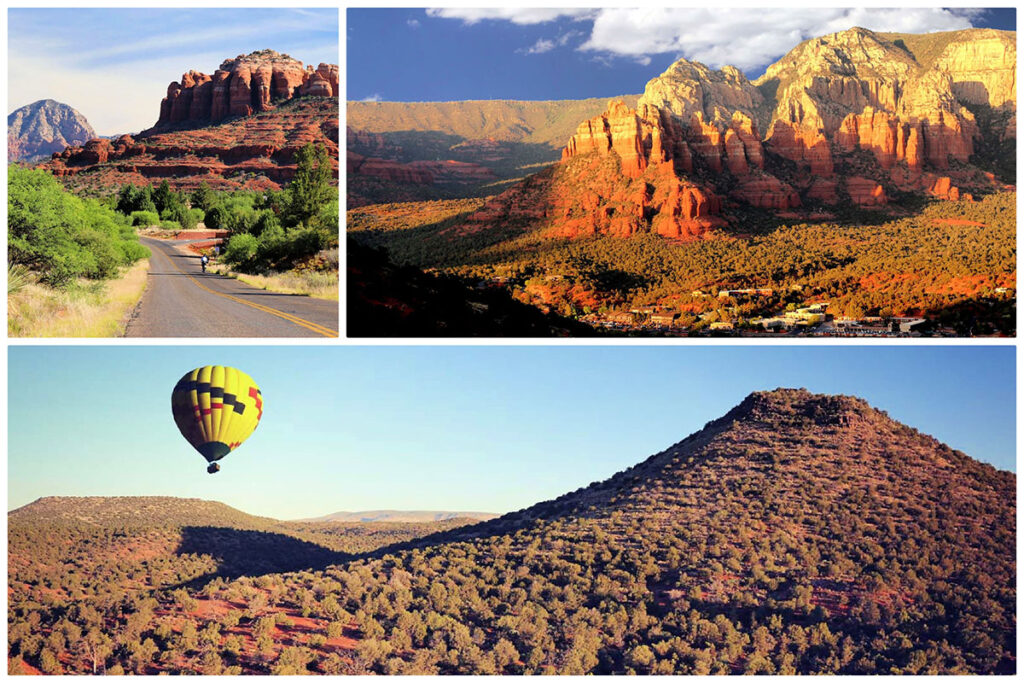
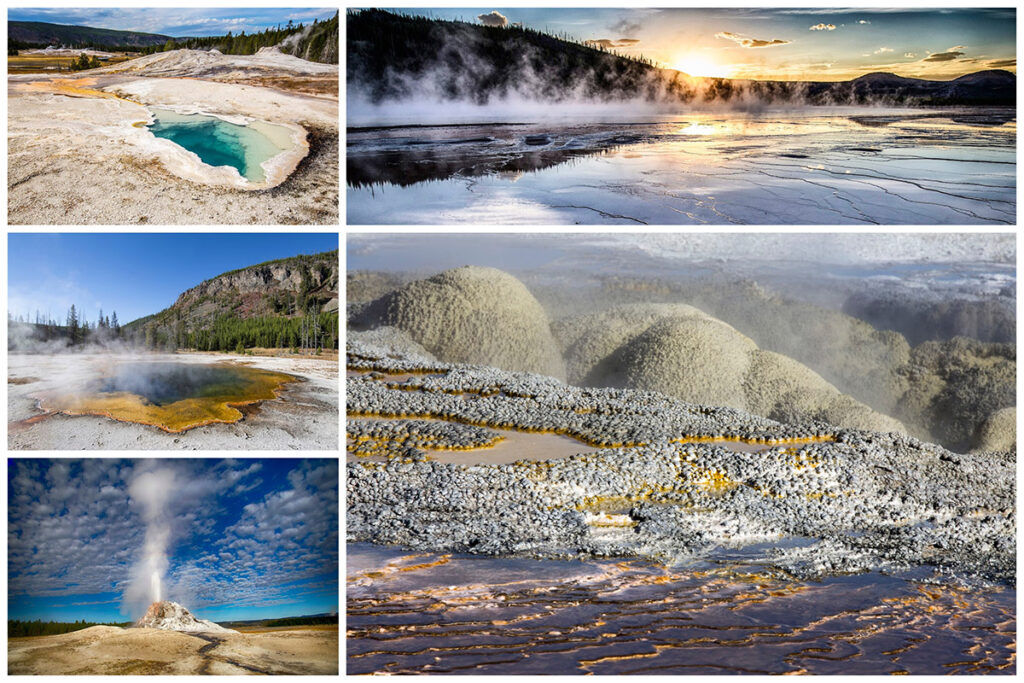
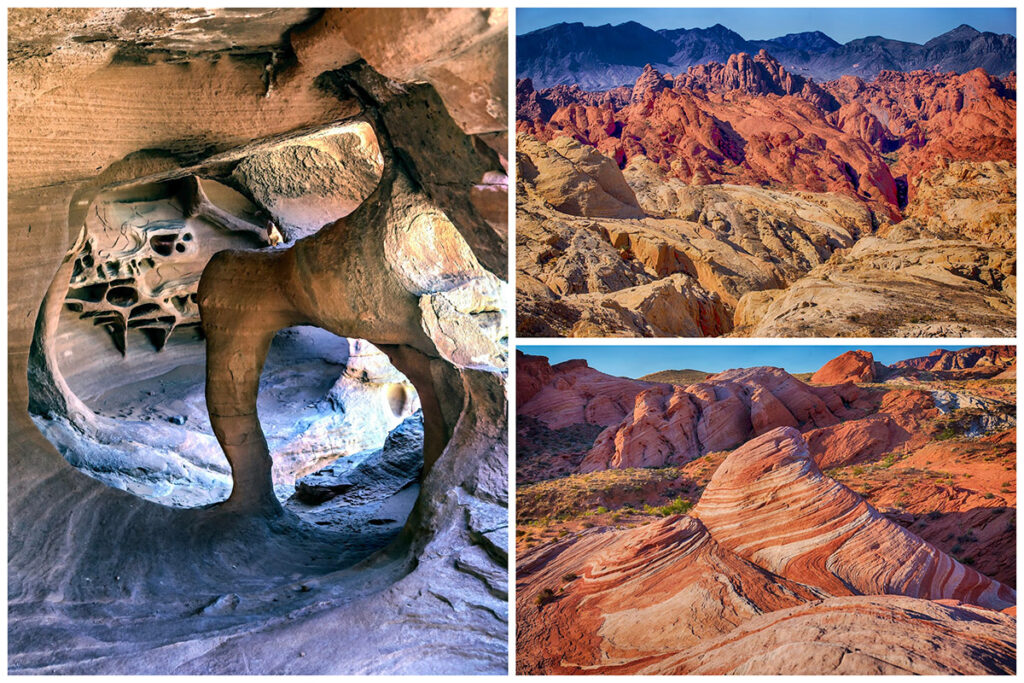
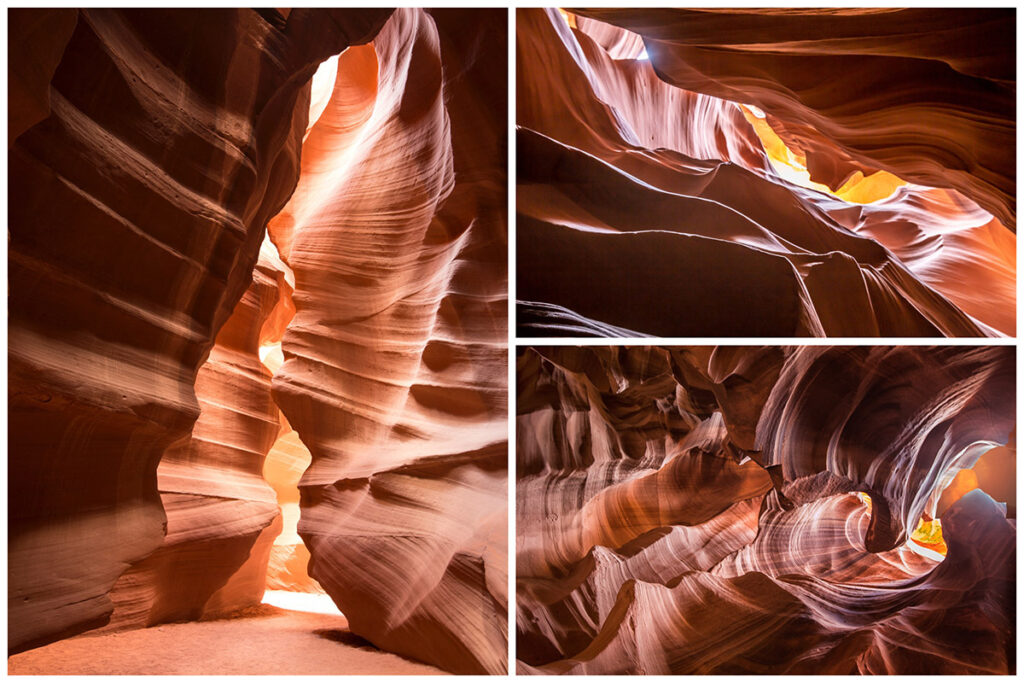
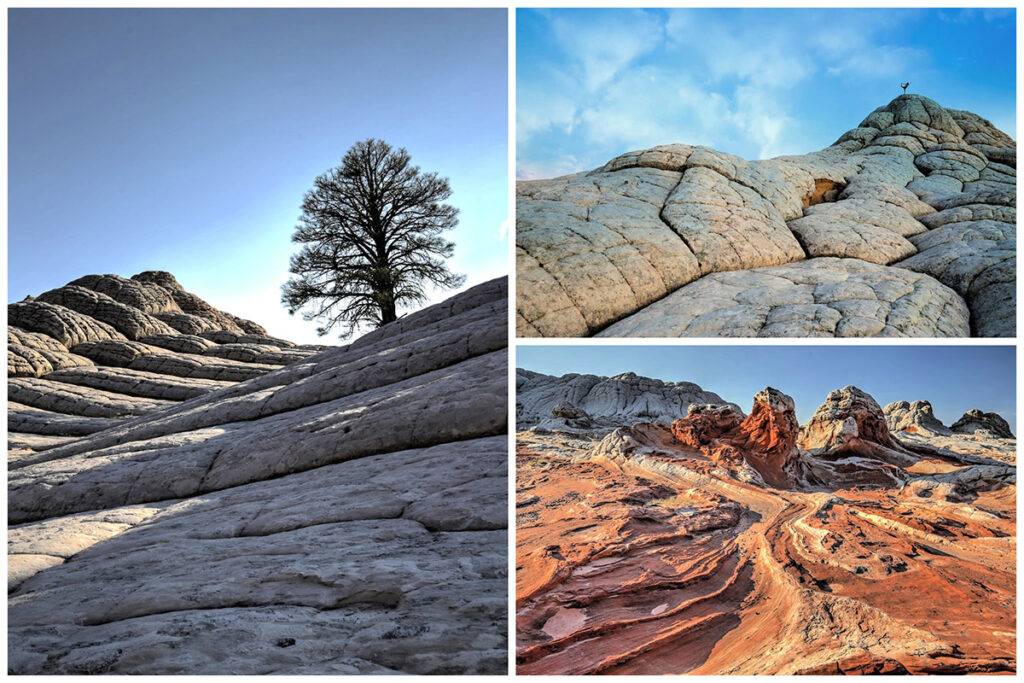
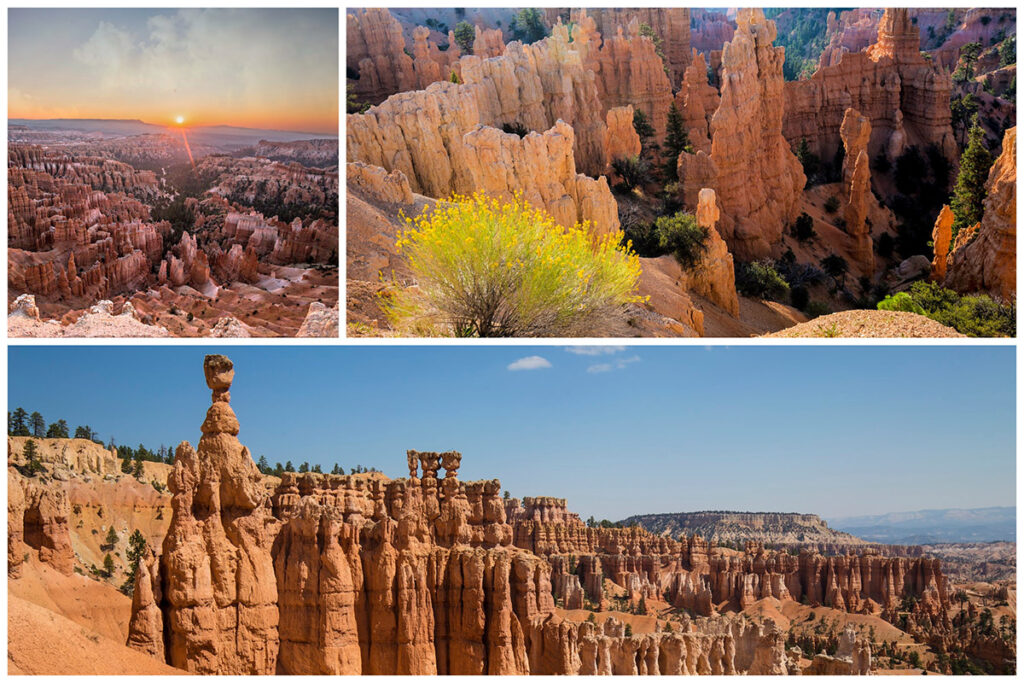
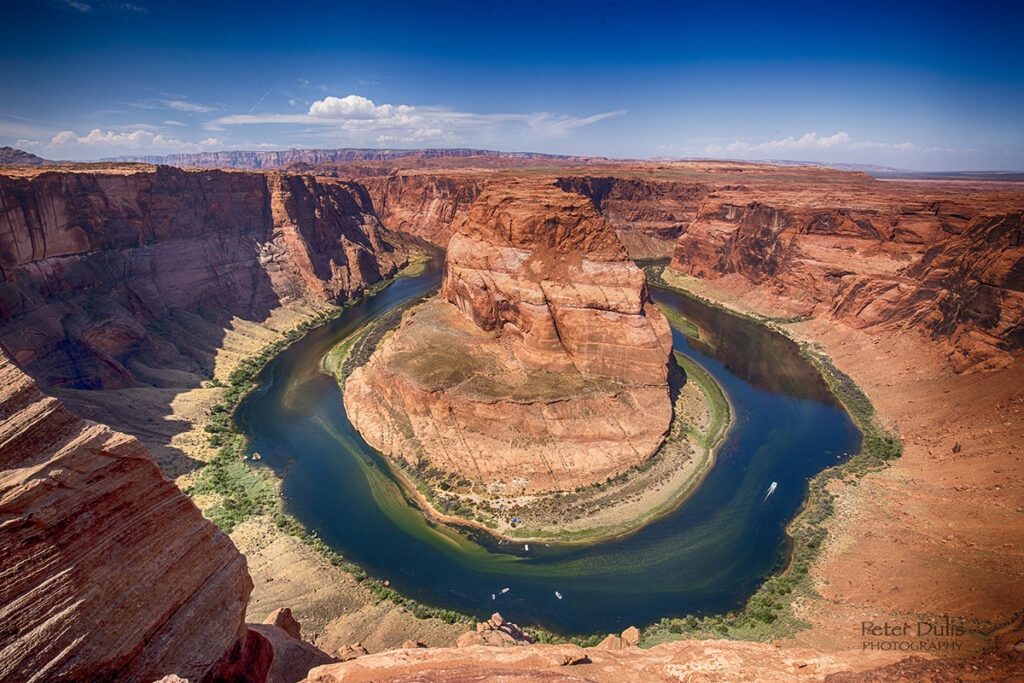
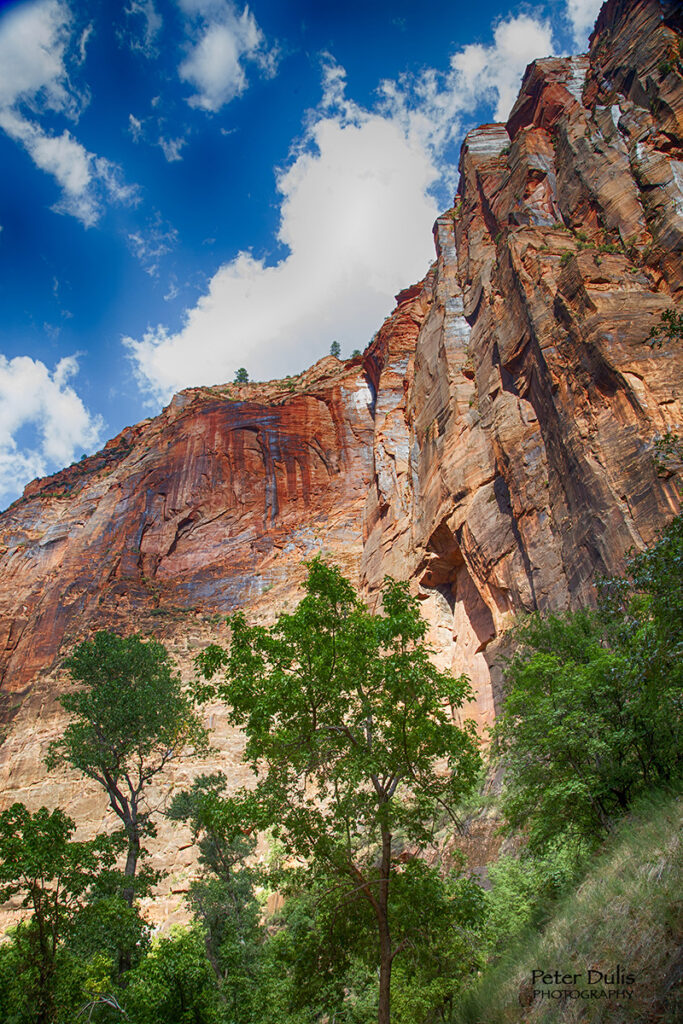
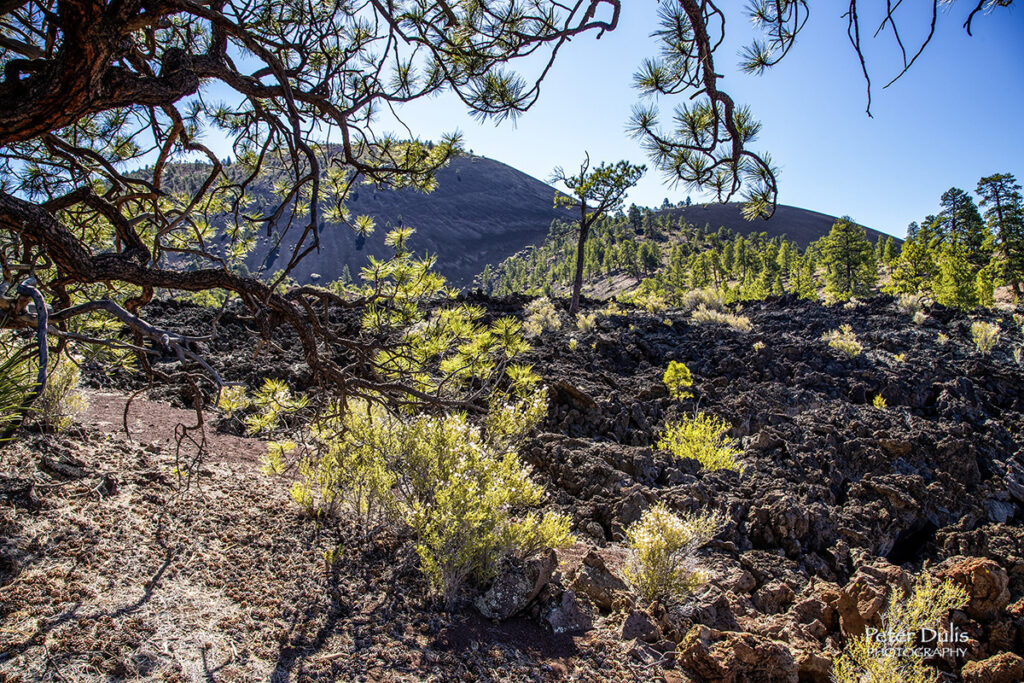
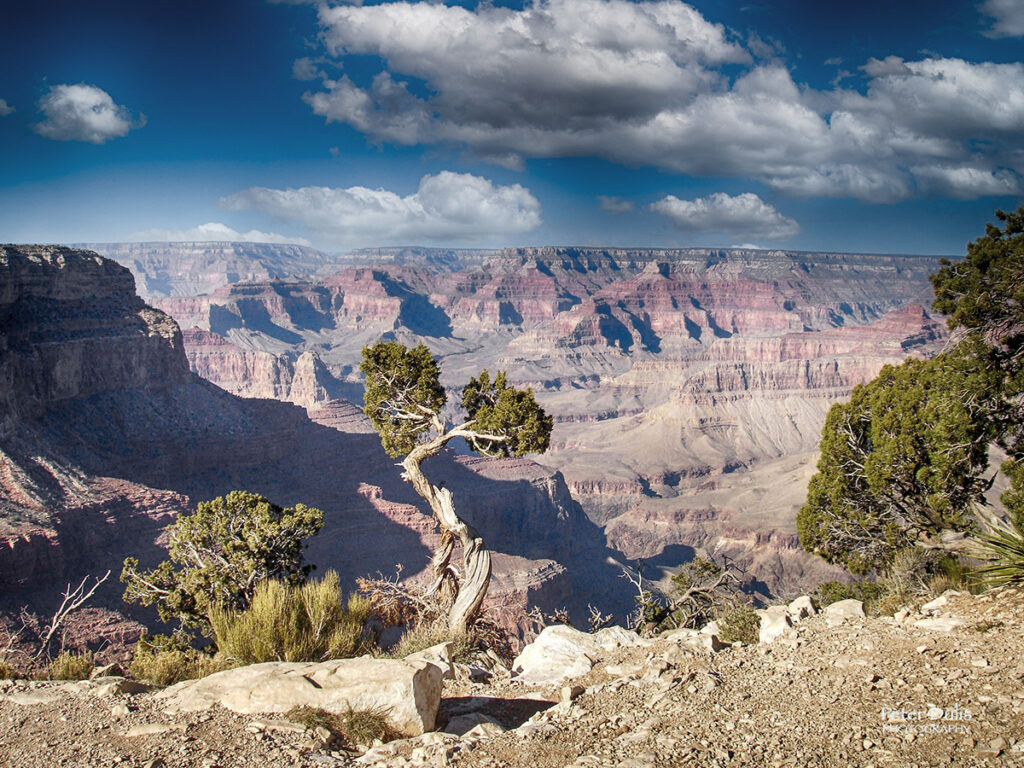
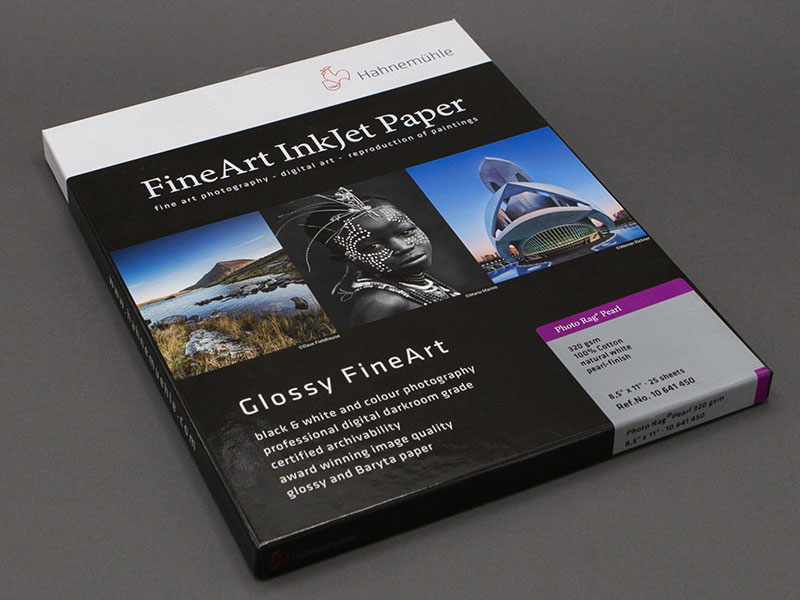
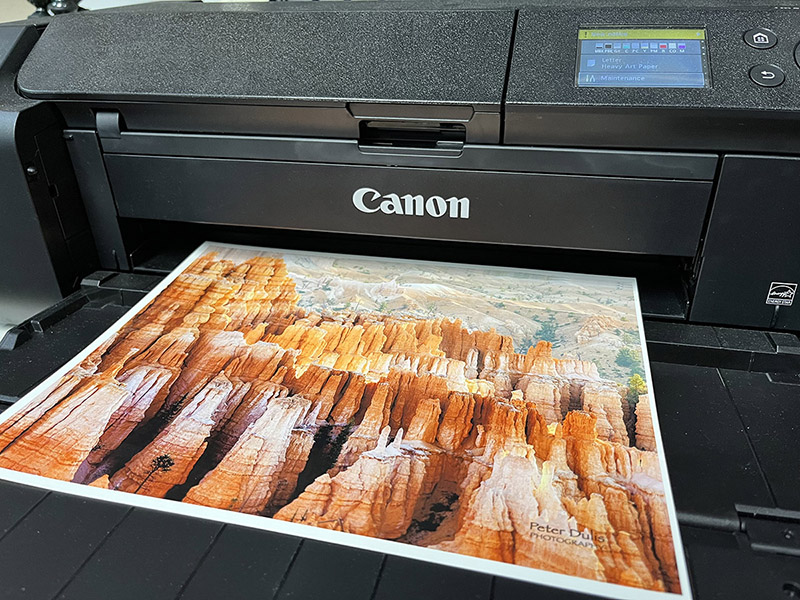






You might want to update the Antelope Canyon info. Last time I was there tripods were 100% banned and there was no photo tour. All they offered was a heard of people going through and no bags allowed. 1 camera was the limit and even a GoPro was banned.
Thanks Bill for the update – looks like the Pandemic changed things a bit and you are right, there are two tour companies that run tours into Lower Antelope Canyon: Ken’s Tours and Dixie Ellis’ Tours and the photography tour has been removed for now and tripods are not allowed. But bringing a camera along is no problem. I would suggest picking a time of the year that is not so busy to join smaller groups going through. Cheers, Peter